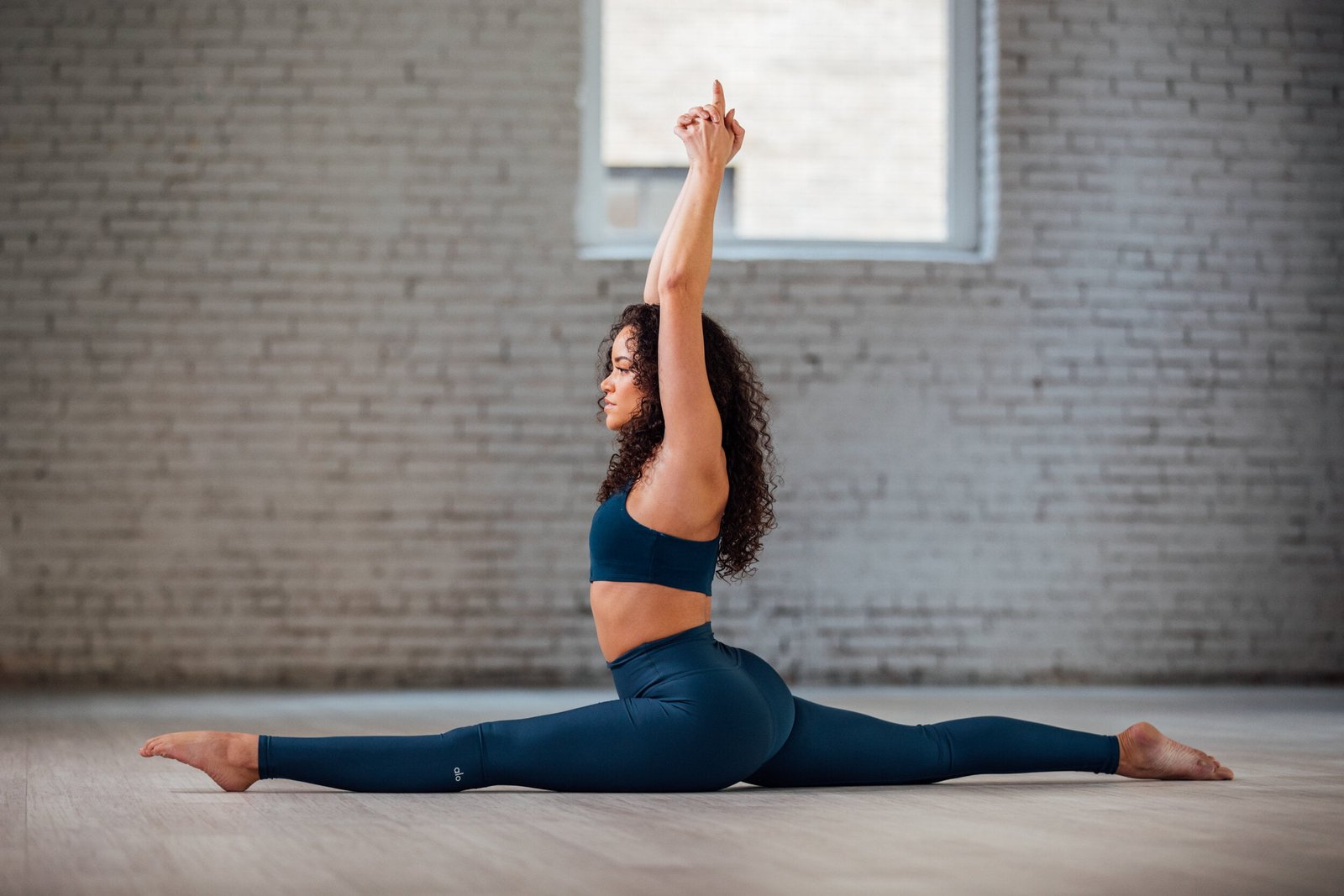Ever try to flex your muscles to make them more flexible or strengthen your muscles? Maybe this is exactly where PNF stretching will be what you need. That is a really simple yet very efficient way of developing flexibility and strengthening. Let me explain to you how this method works step by step.
What is PNF stretching?
PNF is short for Proprioceptive Neuromuscular Facilitation. Don’t sweat it—the name is complicated, but it is easier than what it sounds. It is a method of stretching that has permutations of muscle contractions and relaxation to increase flexibility or the ranges of motion.
The process involves the stretching of a muscle, followed by the contraction of it, before relaxing into a deeper stretch. This is one method through which the muscles and nervous system are taught to work in better cohesion with one another. In fact, this very technique works so wonderfully that even most athletes, physical therapists, and enthusiasts attempt to utilize it.
I will explain how it works and how you can try it too.
Benefits of PNF Stretching
PNF stretching is not solely for athletes or professionals; it is something you and I can do to feel better and have a freer range of motion. Here are a few benefits:
- Improves Flexibility
Probably one of the best advantages concerning PNF is increased flexibility. This can be explained when one holds stretches and releases: this is an effective method where the muscles develop to become more elastic, thus making a person feel less stiff and with a feeling of good mobility.
- Enhances Muscle Strength
You may not know, but PNF stretching can make your muscles stronger. The contraction of muscles during this technique increases their strength over time, and you will feel it while working out or even doing the most trivial things in life.
- Reduces Chances of Getting Injuries
Nobody likes to get hurt. Regular PNF stretching can help your muscles adapt to various movements, decreasing the possibility of a sprain or strain.
- Assists in Pain Management
If you’re like me and sometimes have sore or tight muscles, this can be a relieving stretching method. It relaxes the muscles and reduces tension, making you feel refreshed.
- Enhances Athletic Performance
For athletes or any person who indulges in sports, PNF stretching enhances performance. It makes your body move more efficiently with a greater range of motion.
These benefits make it worth trying, don’t you think?
How to Perform PNF Stretching
Now, let’s get practical. The three major steps in PNF stretching involve the following procedures: stretch, contract, and relax. I will illustrate them using an example.
Step 1: Stretch
Do this for target muscle—stretch a stretch to your limit: Example for a hamstring-Working on the floor with one leg extended forward, lean onto reaching your toes. STOP at the feeling of stretching but not pain.
Step 2: Contract
Now, contract the muscle you’stretching—thathat is, push against resistance—for a few seconds. In the hamstring example, you could push your heel against your hand or a partner’s hand for about 5-10 seconds.
Step 3: Relax
After contracting, let go of the muscle and drop deeper into your stretch. You’ll be able to reach further than before. Hold this new position for 10–30 seconds.
Repeat this process 2-4 times for each muscle group. Trust me, it’s easier than it sounds once you try it.
Types of PNF Techniques
There are a few techniques within PNF stretching exercises; you can opt for what works best for you. Let’s take a look at three of the most common:
- Hold-Relax
This is the most straightforward technique. First, the muscle is stretched. Then, a contraction is held for about 10 seconds. Finally, relax and stretch further.
- Contract-Relax
Here, actively, you contract the muscle while a partner provides resistance. Following the release of the contraction, stretch deeper.
- Hold-Relax with Agonist Contraction
This technique involves one additional move. After the relaxation, you employ the opposing muscle as an assistant in creating a deeper stretch. So if you’re stretching the hamstring, then you use the quadriceps muscles to help support or even increase the actual stretch.
Each method has its own unique benefits. Experiment with them to see which feels best for you.
Who Can Benefit From PNF Stretching?
The best thing about PNF stretching is that practically anyone can do it, from professional athletes down to a person just starting their fitness schedule. Just about anyone can improve their flexibility by trying this technique, whether they are dealing with tight muscles, limited flexibility, or minor aches.
Even if one is recovering from an injury, PNF stretching can help rehabilitate. In cases of doubt, though, it is always advisable to consult a professional.
Tips for Safe and Effective PNF Stretching
- Warm Up First: Always warm up your muscles before stretching. A few minutes of light cardio should do.
- Don’t Overdo It: Stretching shouldn’t cause pain. Stop if it feels uncomfortable.
- Use a Partner if Possible: Having someone assist you can make PNF stretching more effective.
- Stay Consistent: To see results, include PNF stretching in your routine a few times a week.
- Listen to Your Body: If something doesn’t feel right, don’t push it. Adjust the intensity to your comfort level.
Following these tips will help you get the most out of this technique.
My Experience with PNF Stretching
I remember my first experience with PNF stretching. My attitude was more in the area of skepticism but being curious. I always had problems with the tight feeling of my hamstrings; that’s why this group of muscles was selected for treatment. Soon after several procedures, a difference became obvious for me. It felt as though my legs are much lighter now, and touching my toes does not mean an unbearable strain. It’s a regular activity I do by now, and can hardly ever imagine excluding this from the list of daily or gym activities.
If you have never done it, well, I encourage you to give it a shot; you might just be surprised with how effective it can be.
FAQs About PNF Stretching
1. Is PNF stretching safe for all individuals?
Yes, it generally is for most people, but for serious injuries or medical conditions, one should first consult a professional. Always listen to your body and never push too hard.
2. How often should one PNF stretching be done?
You can do it 2-3 times a week. It’s best to include it in your regular workout routine. Overdoing it may cause muscle fatigue, so give your body time to recover.
3. Must I have a partner for PNF stretching?
While having a partner can enhance the effectiveness, you are able to PNF stretch on your own. Apply resistance using either a resistance band or your body weight.
4. Does PNF help in alleviating chronic pain?
Yes, it will help in reducing muscular tension and making muscles more flexible, both factors being possible for relieving chronic pain. However, when the level of pain is quite severe, seek a physician’s advice regarding this concern.
5. Can PNF stretching be done by a complete beginner?
Of course! Beginners can do some basic techniques, such as the hold-relax method. Go softly and never sacrifice proper form to avoid strain.
PNF stretching is a game-changer for anyone wanting to gain better flexibility and strength. Be it an athlete, a gym enthusiast, or just about anybody wanting to move better, this technique has got something to offer. Give it a shot and let me know how it works out!
If you’re interested in professional massage services to complement your stretching routine, visit Massage in Raleigh, Wake Forest.







